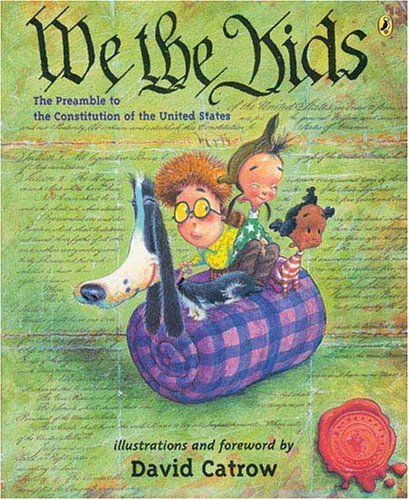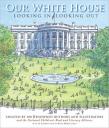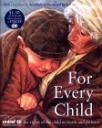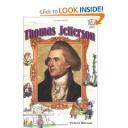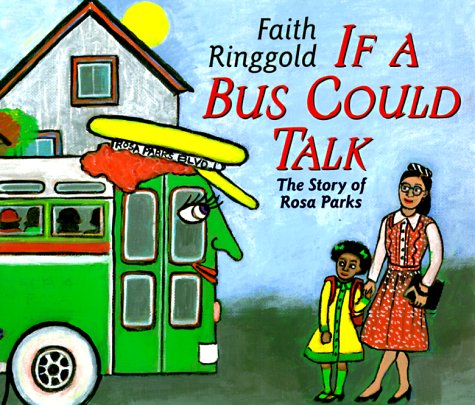
Freedom on the Menu: The Greensboro Sit-Ins, written by Carole Boston Weatherford with paintings by Jerome Lagarrigue, tells the story of an important event of the civil rights movement from a little girl’s point of view. Connie, a young black girl, wants to know why she can’t have a sundae at the counter like another little girl can.
“All over town, signs told Mama and me where we could and couldn’t go. Signs on water fountains, swimming pools, movie theaters, even bathrooms.”
But Connie’s dad mentions that there is a Dr. coming to town who is working to make things better for them. Soon after Connie’s family hear Dr. King’s speech, her brother and sister join “the N-double A-C-P.” Then one day when Connie and her mom are walking by that lunch counter downtown, she sees some of her brother’s friends from A&T College sitting there.
“‘Do they know they’re in the wrong place?’ I whispered. ‘Some rules have to be broken,’ Mama whispered back”
The rest of the story explains how those four boys sat, and that they inspired hundreds more to join, and then more joined in protest (including Connie) holding picket signs in front of that store until the sit-ins had spread throughout all of the south. Connie wondered how long the sit-ins would last, because it was not so easy for her family to go downtown anymore.
“‘Till folks get what they want,’ said Mama”
But that summer the family heard that something had happened, and they went downtown to see “the women who worked in the restaurant’s kitchen” being served at the counter! And so the next day, Connie knew that when she went downtown for her sundae, she could finally sit at the counter too.
Freedom on the Menu: The Greensboro Sit-Ins does a wonderful job at explaining segregation from a child’s point of view, while still clarifying the significance of the situation. In addition, Jerome Lagarrigue’s artwork is beautifully illustrative of the narrative. This book would be an excellent read by a teacher during a civics lesson, or for any student doing research on the civil rights movement, or for the kid who is just plain interested in American history.
Curriculum Connections
Freedom on the Menu: The Greensboro Sit-Ins is a fabulous narrative that can be used with any lesson on equal rights and civil liberties. The book describes how American citizens, no matter what their origin, have the right to stand up (or, in this case, sit down) for their beliefs (VA SOL 3.12). Of course another important aspect of the story tells how the A&T students were inspired by Martin Luther King, Jr’s teachings and speeches and used the sit-in as a form of non-violent protest (VA SOL 2.11, 3.11). Segregation was most apparent in the southern states, and a lot of major events during the civil rights movement happened in areas close to Virginia. This book would be a good opportunity for children to look at a map and point out Greensboro and other significant landmarks of the movement.
Additional Resources
-
This easy to navigate website about the Greensboro sit-ins includes a timeline of the civil rights movement (starting with the abolition of slavery), the original newspaper article reporting the sit-in, and many pictures and audio clips of the events.
-
The International Civil Rights Center & Museum’s website is also great resource for teachers who are looking for more information about the Greensboro sit-ins, or just the civil rights movement in general. There is a virtual tour of the museum (located at the actual site where the sit-ins first took place) and links to other civil rights museums and organizations.
-
Carole Boston Weatherford‘s personal website provides her audience with an interesting bio, questions from children, info about her books- including lesson plan ideas involving her stories, and a bunch of other useful tips and resources.
Book: Freedom on the Menu: The Greensboro Sit-Ins
Author: Carole Boston Weatherford
Illustrator/Artist: Jerome Lagarrigue
Publisher: Puffin
Publication Date: December 2007
Pages: 32
Grade Range: 1st – 6th Grade
ISBN-13: 978-0142408940



